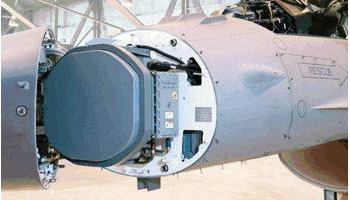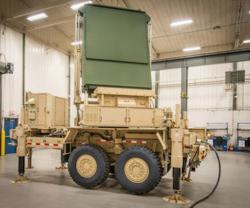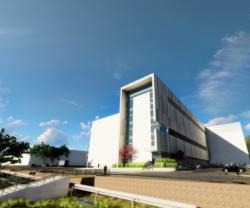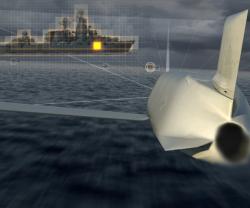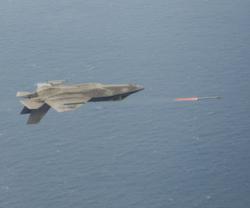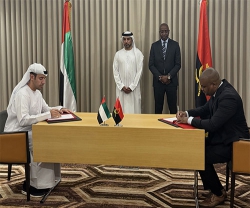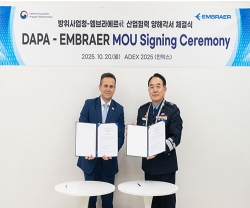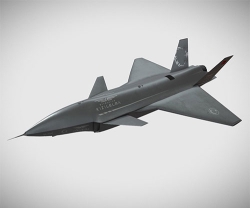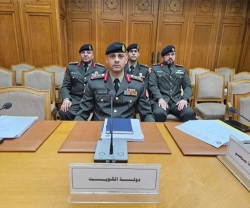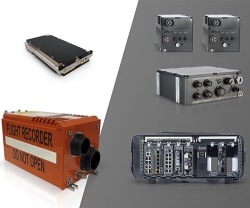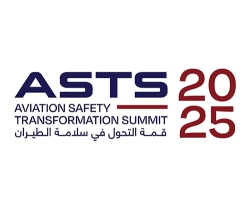Raytheon Flies Advanced Combat Radar on F-16
06.12.2010 North America
Raytheon’s Advanced Combat Radar (RACR), the latest Active Electronically Scanned Array radar, successfully completed a series of flight trials on a U.S. Air Force F-16 at Edwards Air Force Base, California.
The radar demonstration flights were conducted in partnership with the U.S. Air Force and Lockheed Martin. The RACR team highlighted the multirole capabilities RACR could bring to the F-16 Fighting Falcon, which included executing a range of air-to-air and air-to-ground modes.
RACR is the product of company-funded development, leveraging Raytheon’s proven capability in providing active electronically scanned array radar technology for multiple platforms. The RACR team completed development in a record 24 months.
“AESA radar technology has become a ‘must have’ for customers around the world who need to keep their aircraft relevant in the swiftly evolving battle space,” said Jim Hvizd, Vice President, International Business Development, Raytheon Space and Airborne Systems. “Successfully flying RACR on an F-16 is another critical step in demonstrating how we’ve optimized our AESA technology for F-16 customers, delivering the advanced radar capabilities they need to maintain an operational edge.
“Raytheon’s AESA technology also lowers operation and support costs by an order of magnitude compared with those of mechanically scanned radars, resulting in significant customer savings over the life of a program,” added Hvizd.
RACR is part of a family of Raytheon AESA radar systems designed to equip multiple aircraft with a low-risk, high-performance, affordable solution. The radar supports a rapid transition to production, leveraging Raytheon’s existing full-rate AESA production lines, providing significant cost and schedule advantages for customers.
The radar demonstration flights were conducted in partnership with the U.S. Air Force and Lockheed Martin. The RACR team highlighted the multirole capabilities RACR could bring to the F-16 Fighting Falcon, which included executing a range of air-to-air and air-to-ground modes.
RACR is the product of company-funded development, leveraging Raytheon’s proven capability in providing active electronically scanned array radar technology for multiple platforms. The RACR team completed development in a record 24 months.
“AESA radar technology has become a ‘must have’ for customers around the world who need to keep their aircraft relevant in the swiftly evolving battle space,” said Jim Hvizd, Vice President, International Business Development, Raytheon Space and Airborne Systems. “Successfully flying RACR on an F-16 is another critical step in demonstrating how we’ve optimized our AESA technology for F-16 customers, delivering the advanced radar capabilities they need to maintain an operational edge.
“Raytheon’s AESA technology also lowers operation and support costs by an order of magnitude compared with those of mechanically scanned radars, resulting in significant customer savings over the life of a program,” added Hvizd.
RACR is part of a family of Raytheon AESA radar systems designed to equip multiple aircraft with a low-risk, high-performance, affordable solution. The radar supports a rapid transition to production, leveraging Raytheon’s existing full-rate AESA production lines, providing significant cost and schedule advantages for customers.
Previous PostUS Flies New Unmanned Aircraft in Iraq
Latest news
Latest events
Dubai International Air Chiefs’ Conference (DIACC 2025)
16 Nov 2025Atlantis, The Palm Dubai - United Arab EmiratesDubai Airshow
17 - 21 Nov 2025Dubai World Central (DWC) - United Arab EmiratesEgypt Defence Expo (EDEX)
01 - 04 Dec 2025Egypt International Exhibition Center New Cairo - EgyptDoha International Maritime Defence Exhibition & Conference (DIMDEX 2026)
19 - 22 Jan 2026Doha - Qatar

